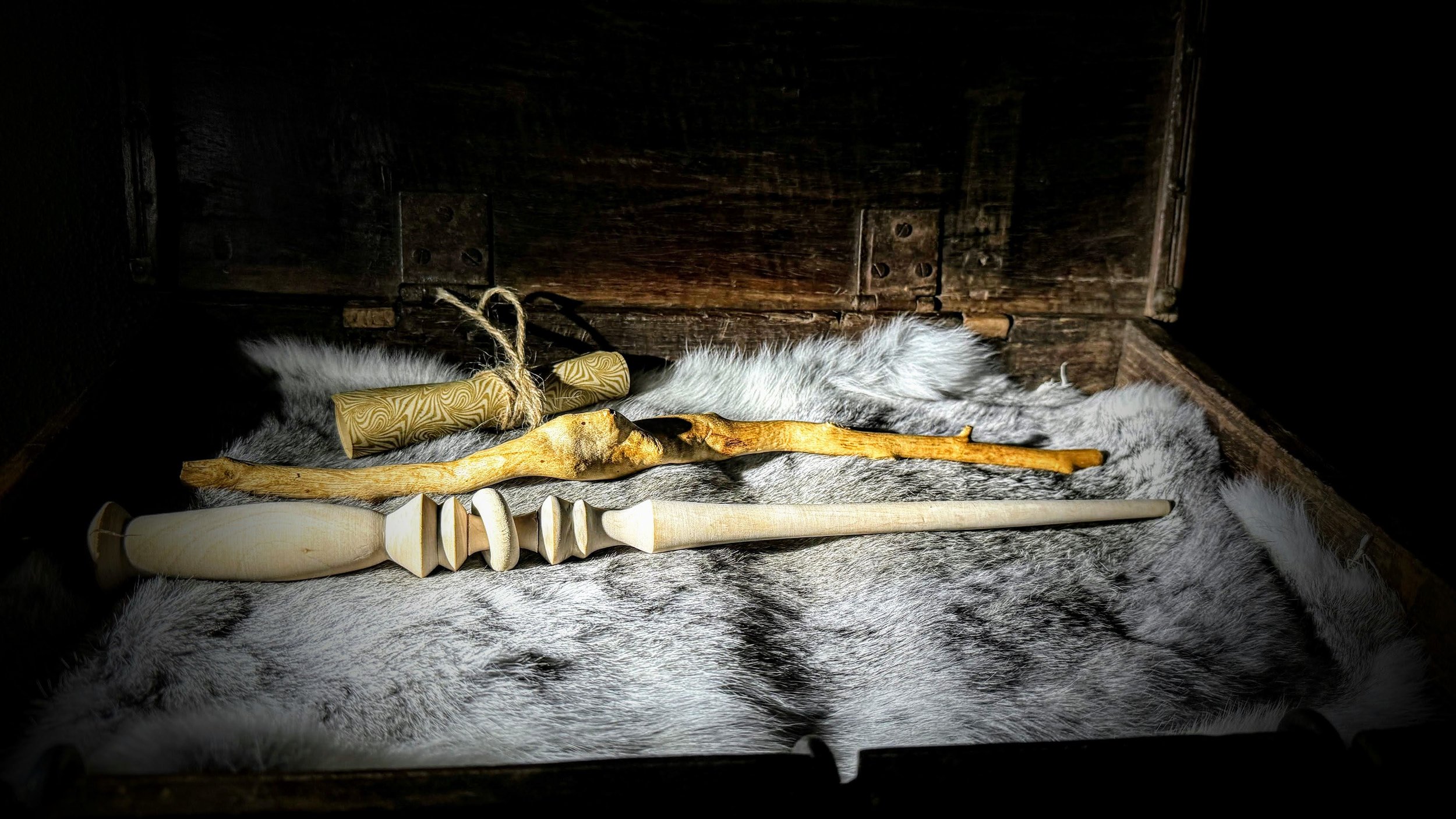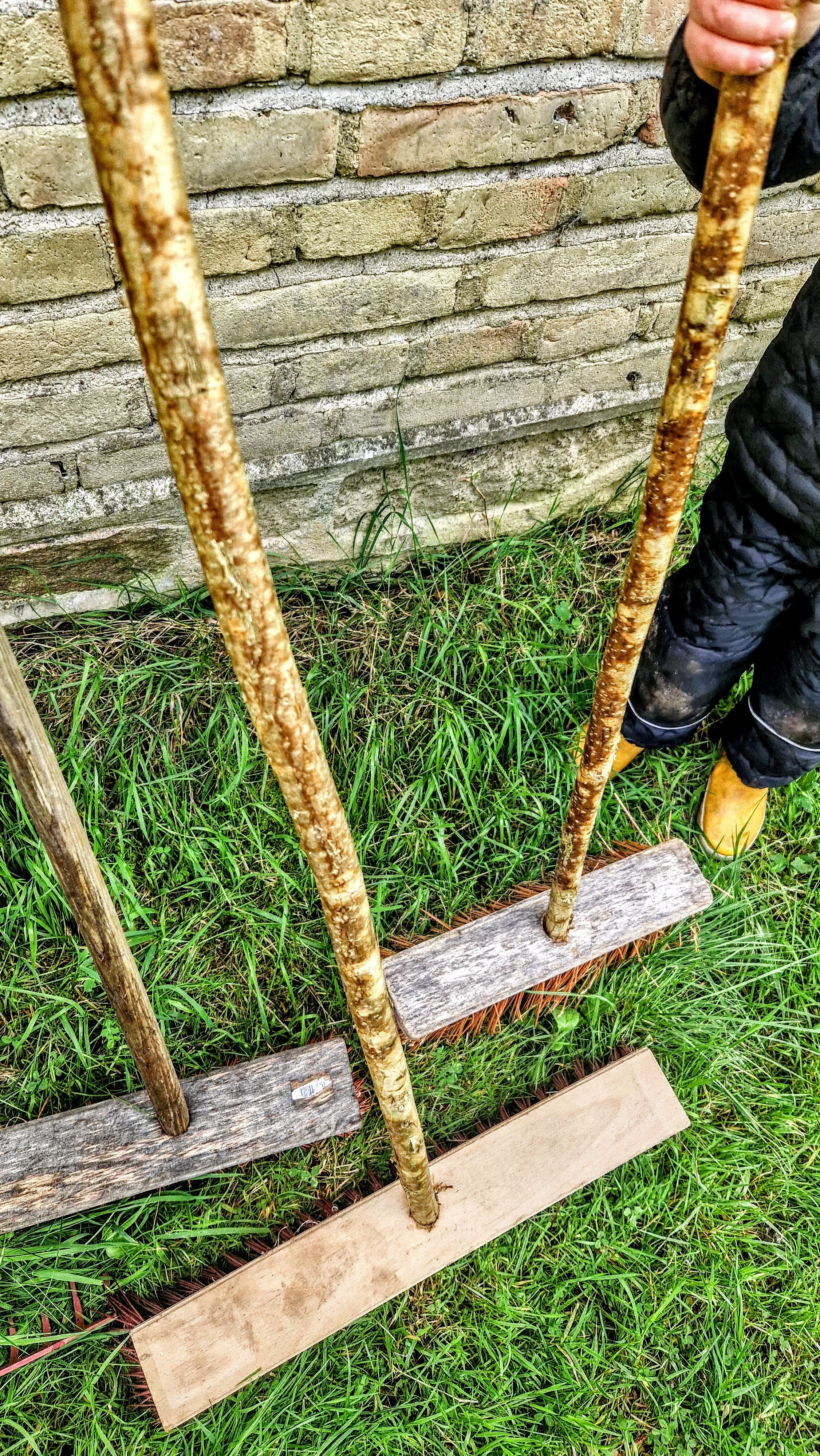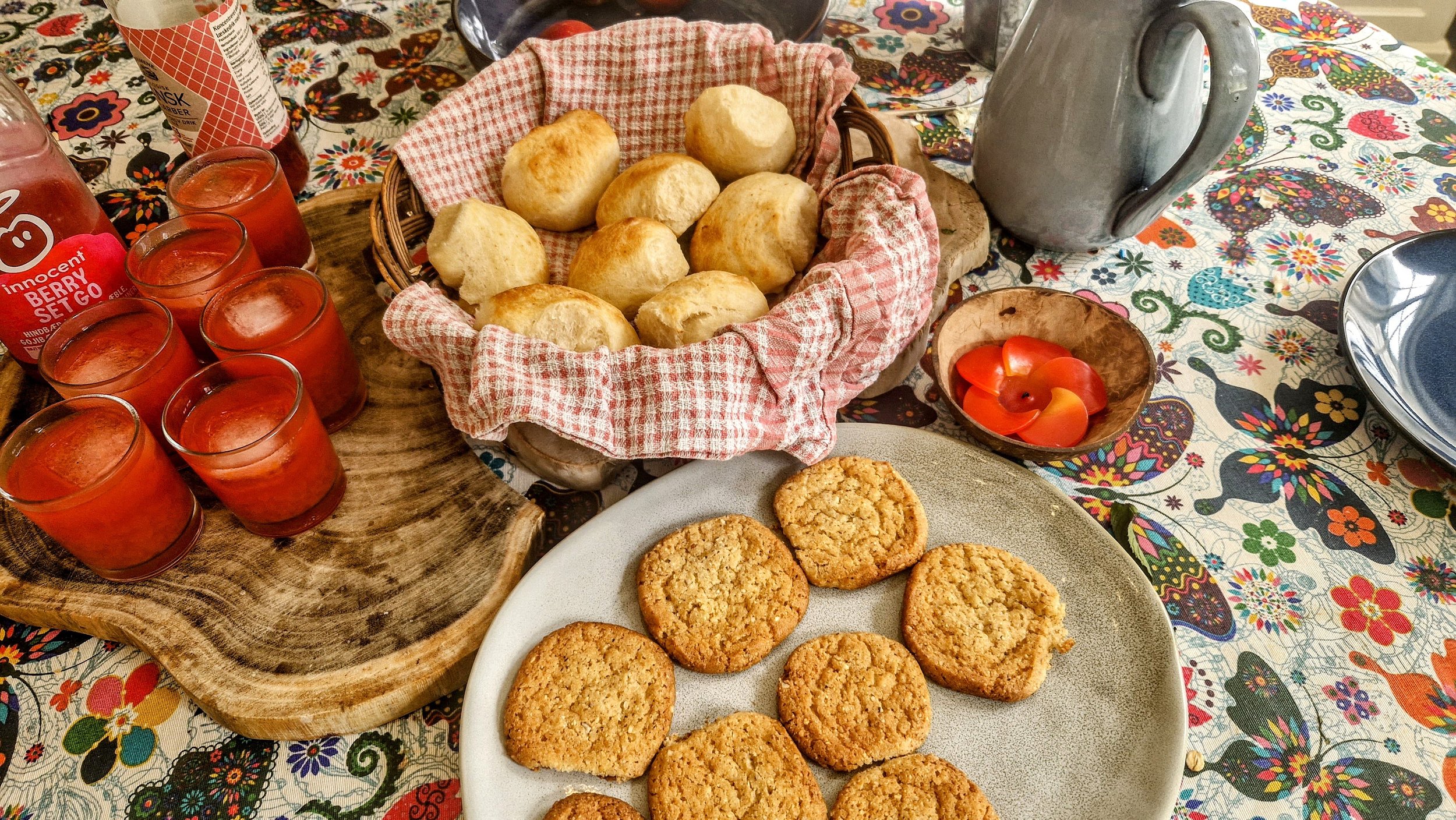Young hazelnuts: A Forager's Guide to Coexisting with Squirrels
Close to our idyllic cottage lies a bushy hazelnut forest. The hazels, with their long, sturdy, and straight rods, have served multiple purposes over time—most recently, as we highlighted in our post on using the rods for curtain-rods and drapes. However, the real treasures are the nuts. These little kernels, rich in fats, serve as essential winter reserves for both humans and animals. Mostly for animals. Squirrels in particular.
The drama that unfolds in this forest every winter could easily rival any action-packed thriller. As the temperature drops, the agile squirrels, the primary protagonists of this forest saga, engage in intense battles. They leap, fight, and emit high-pitched shrieks, all in the quest for their not-so-well—hidden stashes of hazelnuts. Their acrobatics among the bare hazel branches is a spectacle, loud and frenetic.
As for us, we walk a tightrope of restraint and desire. We've set our own limits, contenting ourselves to harvesting a modest 1% of the hazelnuts.. those that are within our easy reach. Yet, the squirrels, being squirrels, are indifferent to our self-imposed quotas. If we're not vigilant, and let the nuts ripen for too long on the branches, there'll be none left for us.
Adaptation is key. Over time, we've developed a penchant for the young hazelnuts, plucking them just as they hint at maturity. This does mean sampling nuts from various trees to judge their stage of ripeness, because if they mature too much, they might not only fall—they might vanish under the cover of night, hoarded away by a watchful squirrel.
Young hazelnuts offer a distinct culinary experience. Unlike their roasted and dried counterparts found in stores, they have a softer, somewhat sweeter profile. Their shells haven't yet reached their full, hardened potential, making them easy to crack open with just your teeth. Now, imagine taking these freshly harvested nuts, roasting them lightly, and tossing them with freshly foraged chanterelles. The result is a seasonal delight, unique to this time and place.
Yet, as winter deepens and our foraged stash dwindles, our kitchen sees bags of store-bought, dried hazelnuts. It's a concession to convenience, but also a recognition of reality. While we could, in theory, forage for all our nutty needs, doing so would entail extensive cultivation, wildlife management, and pruning. That's not foraging; that's farming. This shift in sourcing serves as a poignant reminder of the natural scarcity of these nuts, and the intricate balance between humans, squirrels, trees, and the broader environment.
In the end, our forays into the hazelnut forest are about more than just nuts. They're lessons in respect, adaptation, and the harmonious coexistence of all things in nature. And sweet nuts, few and far between.















